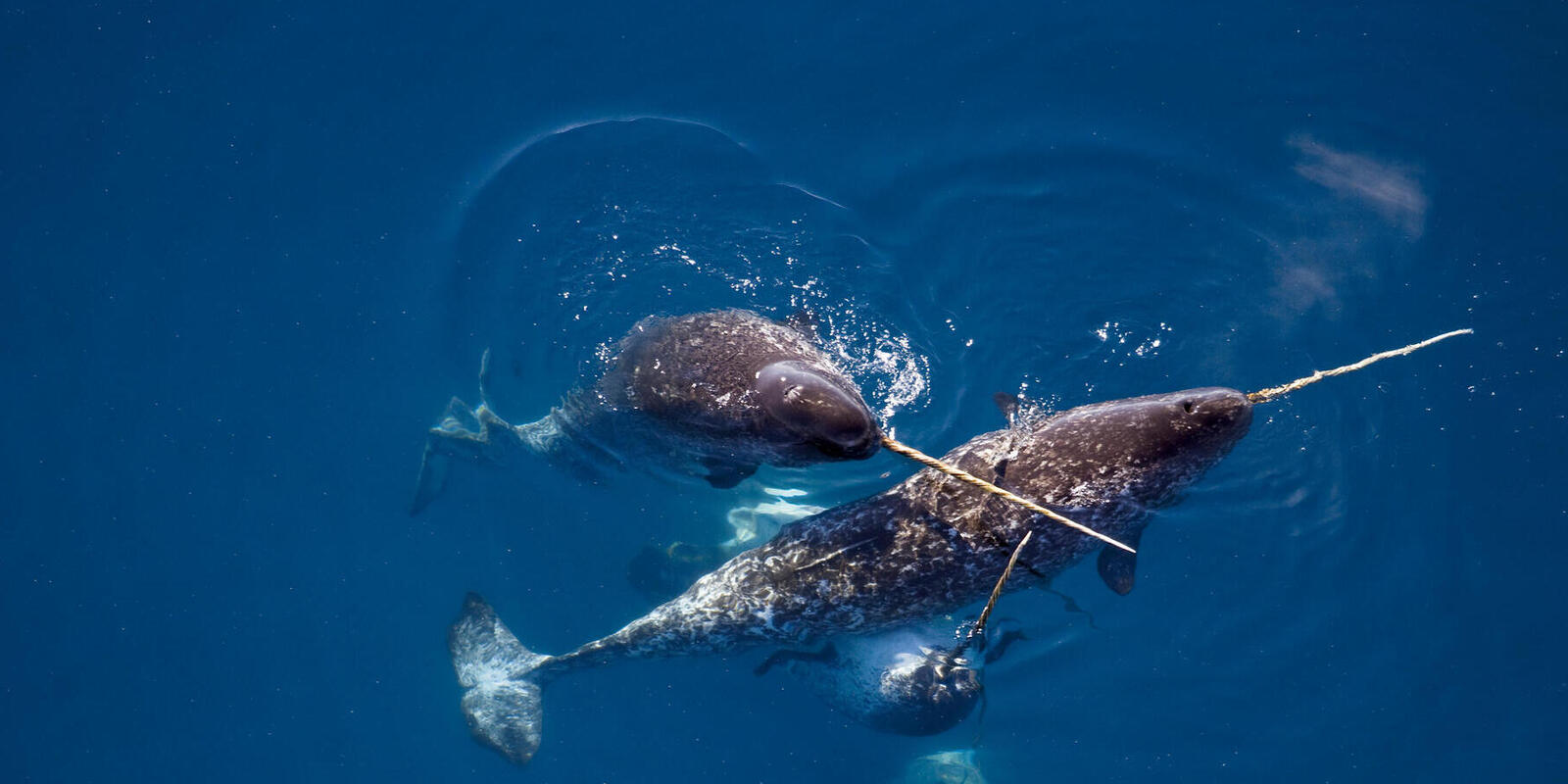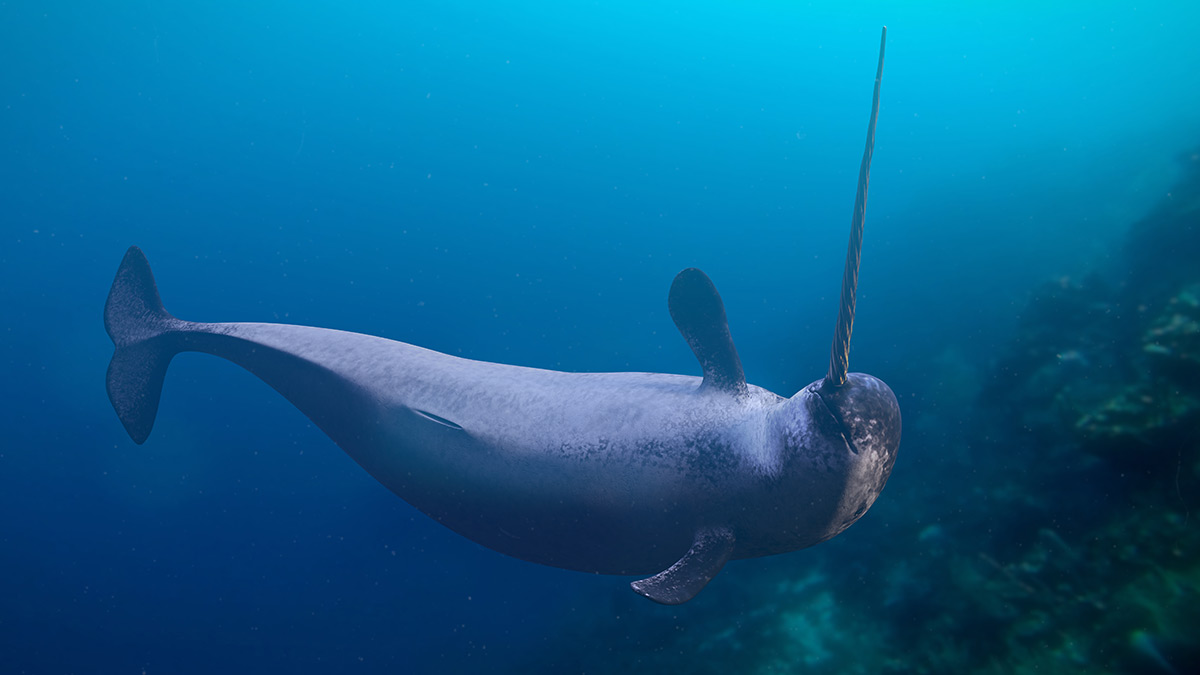The Enigmatic Narwhal: Unraveling the Mysteries of the Unicorn of the Sea

The Arctic waters hold a secret that captivates the imagination and sparks curiosity – the narwhal, often referred to as the “unicorn of the sea.” With its long, spiral tusk reminiscent of a mythical creature’s horn, the narwhal has intrigued scientists, explorers, and nature enthusiasts for centuries. In this article, we delve into the fascinating world of narwhals, exploring their unique characteristics, habitats, and the mysteries that surround these enigmatic marine creatures.

The narwhal (Monodon monoceros) stands out among marine mammals due to its striking appearance. The most notable feature is its long, spiral tusk, which can grow up to 10 feet in length. Contrary to common belief, the tusk is not a horn but an elongated tooth that protrudes from the upper jaw of males. Female narwhals typically have smaller, straight tusks or none at all.

Narwhals are primarily found in the Arctic waters surrounding Canada, Greenland, Russia, and Norway. These elusive creatures navigate through the icy expanses, favoring the edges of pack ice. They are known for their remarkable ability to travel great distances, sometimes covering thousands of kilometers during their migratory patterns.

Narwhals are social beings, often forming groups known as pods. These pods can consist of a few individuals to several hundred members. Their social structure is complex, and communication within the pod involves clicks, whistles, and other vocalizations. Scientists are still unraveling the intricacies of narwhal communication and social behavior.

Narwhals primarily feed on fish, squid, and shrimp. Their diet is well-suited to their Arctic habitat, where they navigate through cracks in the ice to find prey. The tusk may play a role in their feeding behavior, aiding in the detection of prey and breaking through ice to create breathing holes.

Despite scientific advancements, many mysteries surround narwhals. The exact purpose of their long tusks remains a subject of debate among researchers. Some theories suggest it could be used for sensory perception, navigation, or even in mating rituals.
Narwhals face various threats, including climate change, habitat degradation, and human activities such as shipping and oil exploration. Conservation efforts are crucial to ensure the survival of these remarkable creatures and the delicate ecosystems they inhabit.
.jpg?auto=compress%2Cformat&w=1200)
The narwhal continues to capture the imagination of people worldwide, its long tusk symbolizing the mysteries that persist in the natural world. As scientists work to uncover the secrets of the unicorn of the sea, it is our responsibility to appreciate and protect these unique marine mammals, ensuring they thrive in their Arctic habitats for generations to come.



